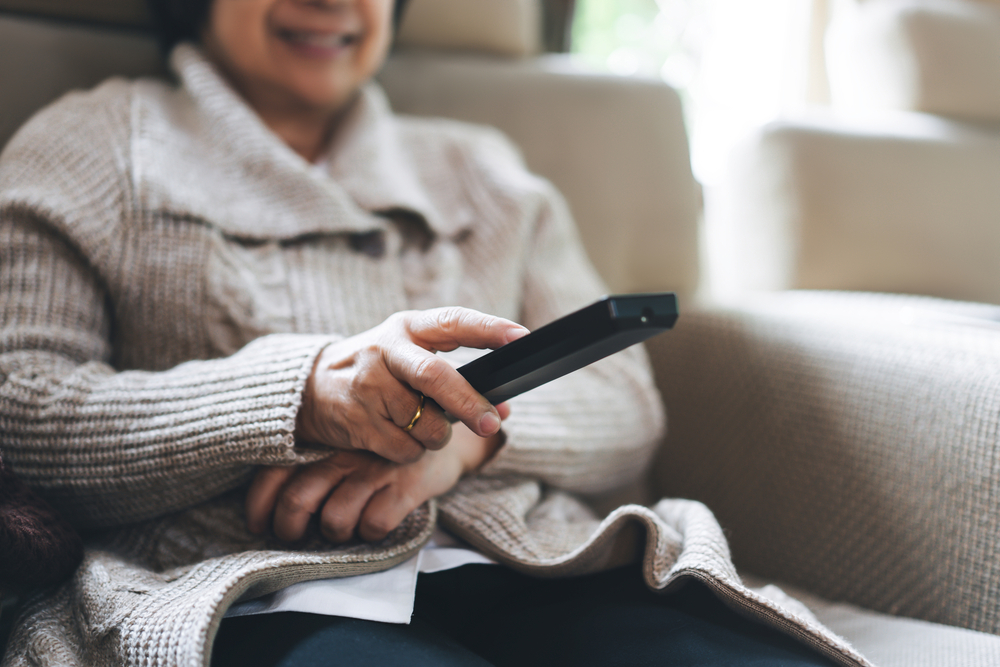Tune in! TVs connecting isolated seniors

On March 25 2020, Uniper Care Technologies (a telehealth and social engagement company) launched their new cross-platform service connecting isolated populations with others through smartphones, tablets, computers or even a TV set. The service helps seniors stay connected with family and community, and access crucial mental and physical health services while physically distancing. The service offers daily live and interactive community activities, pre-recorded health and wellness programs, and access to telehealth and other services that may partner with the platform (e.g insurance). Uniper claims the platform dramatically decreases anxiety, loneliness, and depression.
Covid-19 drew attention to seniors and other high-risk populations who are affected by social isolation and loneliness. It also challenged conventional public health advice that these populations should participate more in community life by attending museums, choirs, clubs and other in-person activities. Under pandemic conditions, seniors were instead encouraged to ask a relative or neighbor to train them in Internet use.
While Internet use among the prime age population is nearly ubiquitous, seniors 65+ lag in connectivity (71% in 2018) often due to a lack of experience, skills and motivation to be online. The ‘grey divide’ is closing, however, notably since the pandemic. From 2019 to July 2020, smartphone ownership among those 65+ grew from 58% to 65% and the rate of video calling doubled to 25%. Uniper’s platform broadens the means of connectivity further to include television and offers a simple gateway to online health and social features.
Greater digital connectivity among seniors could help healthcare systems anticipate needs for care, particularly for hospital spaces. Such platforms might also respond to a key challenge in addressing social isolation among seniors: finding them.
Seniors connectivity has also become more relevant as the pandemic expanded the transition to online services. In some industries the case for bringing back traditional modes of service provision might be a hard sell. Could it lead to a new service paradigm that requires left-behind populations (illiterate, homeless, etc.) to interact with the digital society rather than meeting them where they are?
Sources
- Uniper Launches Cross-Platform Service to Address Social Isolation for Older Adults (HIT Consultant)
- Uniper Care
- COVID-19: 4 tips to help the elderly stay connected (World Economic Forum)
- Canadian Internet Use Survey (Statistics Canada)
- Evolving Internet Use Among Canadian Seniors (Statistics Canada)
- COVID-19 has significantly increased the use of many technologies among older Canadians: poll (Cision)